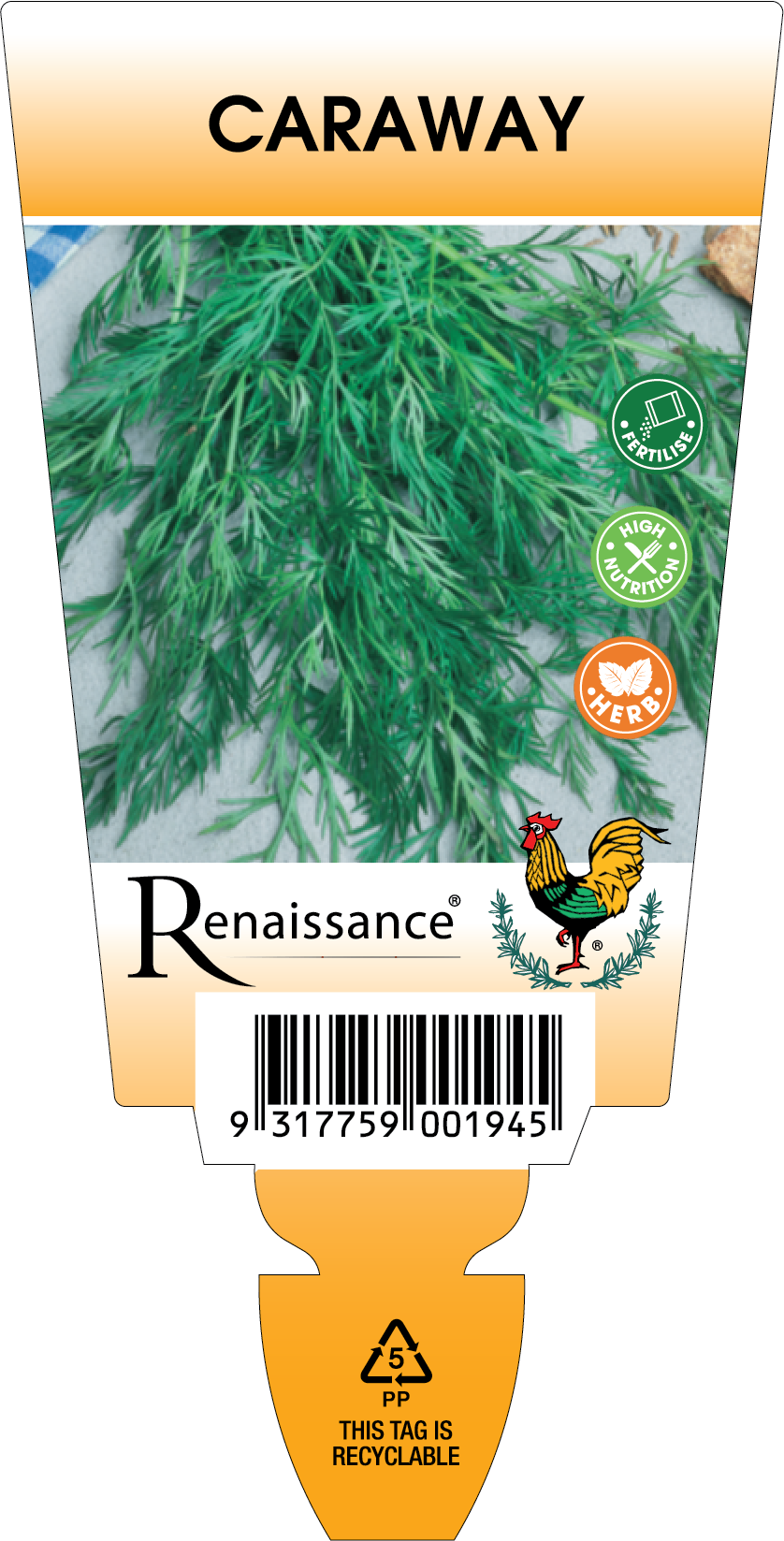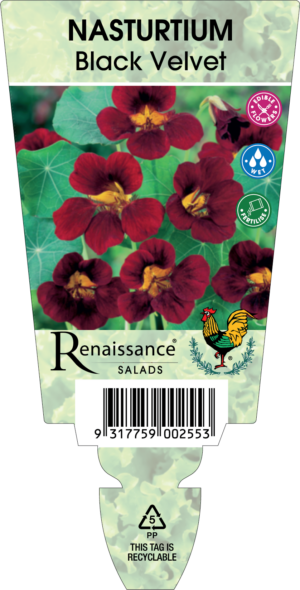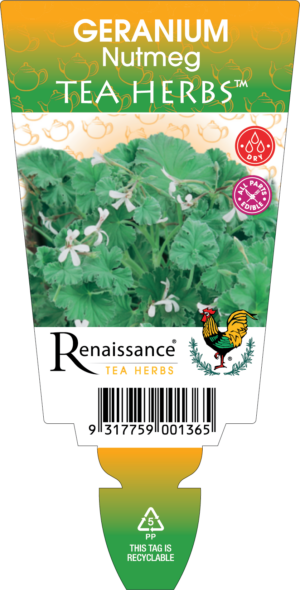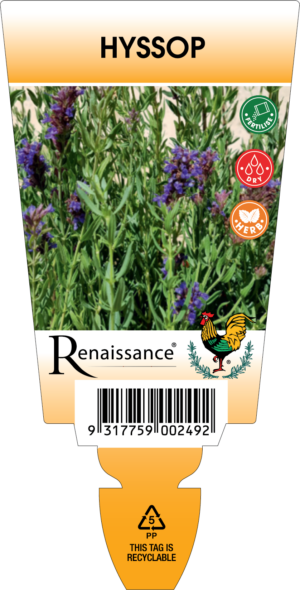Description
(Curum Carvi)
Caraway has feathery leaves similar to carrot foliage. Umbels of tiny, lacy, white to pale pink flowers are followed by small, crescent-shaped, grey/brown seeds. The long thin white taproot, seeds and leaves of the plant are used for flavouring.
Growing Tips
Grow in rich, loose, well-drained soil. The oil of caraway, derived from the seed, is said to be of greater percent and richer if the plants are grown in full sun. Do not grow caraway near fennel, as they dislike being close. Caraway can tolerate light frosts.
Use
Caraway has been used both medicinally and in cuisine for thousands of years. The seed can be used in a variety of breads, pastries and cakes, in cooked fruit dishes and in steamed and baked vegetables. It is also used to flavour some sausages and other meats. Young leaves can be added to salads and chopped and sprinkled into soups. The root can be eaten as a vegetable or added to other dishes. Caraway is a supreme herb for the digestive system, helping to prevent fermentation in the stomach, easing stomach cramps and nausea and expelling gas for the bowel. Use Caraway as a tonic to benefit the kidneys and glands, relieve bronchitis and chest colds, and help failing eyesight and urine retention.
Herb Attributes
| Harvest | Harvest seeds just before the first seeds fall. Harvest roots in the autumn of the second year. |
|---|---|
| Position | Full Sun to Semi-Shade |
| Height | 50-100cm |
| Width | 30cm |
| Lifespan | Biannual |





